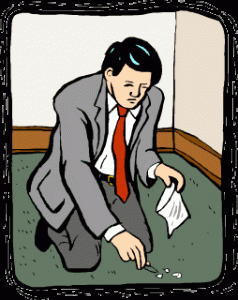Do you plan to write a story with a courtroom scene? Are you thinking about what your forensic science experts might say? If so, then check Ronald K. Bullis’ Forensic Magazine article, “Applying the New Science of Metaphors to Forensic Science Testimony.”
As Bullis says, to be effective in court, a forensic scientist needs more than a solid background in science; the scientist must be able to explain the science to a judge and, very possibly, a jury. “Forensic scientists are like translators,” Bullis says, “They must ‘translate’ scientific procedure and opinion in ways that both educate and persuade jurors.” Bullis argues that metaphors are the key to this translation process.
Read Bullis’ article to help your fictional scientific experts to explain science. At the same time, you’ll be helping your readers.


